The Oseberg Ship (Year 820)
The Oseberg ship is an ornate Viking vessel made of oak that could be sailed or rowed. It was constructed in Norway around 820 AD and was discovered in 1904 in a large burial mound at the Oseberg farm near tønsberg. It is one of the most beautiful and well-preserved Viking artifacts ever found.
Bust Of Queen Nefertiti (1345 BC)
The Nefertiti Bust is a sculpture of the ancient Egyptian Queen Nefertiti, the wife of Pharaoh Akhenaten, who ruled in the 14th century BC. It is easily one of the most recognizable ancient world artifacts. The artifact is shrouded in mystery, controversy, and celebrity. Some believe she was a foreign queen, while others believe she ruled as Pharaoh after her husband passed away or that they ruled together.
Book Of Kells (9th Century)
This four-volume Gospel book from the ninth century is Ireland's most famous medieval European manuscript, thanks to its rich decorative illuminations and masterful calligraphy. Its pages are filled with beautiful illustrations of people, animals, mythical beasts, and Celtic knots.
Rosetta Stone (196 BC)
During Napoleon's Egypt campaign in the early 1700s, a group of French soldiers discovered a large, inscribed stone slab at Rosetta. Egyptologists quickly got to work on understanding the inscriptions. The slab and its accompanying text, which originally belonged to a temple, can be traced back to Ptolemy V's reign. The Rosetta Stone's discovery was most notable for its potential for reading Ancient Egyptian hieroglyphs.
Mask Of Tutankhamun (1323 BC)
Possibly the most famous ancient artifact from the Egyptian world, the funeral mask of King Tutankhamun is a stunning fragment of both history and art. While the burial site was discovered in 1922, it took three more years to open the sarcophagus of the young ruler and transport it to the museum. The sculptor also used different materials when producing the piece, ranging from lapis lazuli to amazonite.
Aztec Sun Stone (15th Century AD)
The Aztec Sun Stone, also known as the Aztec calendar, is a 24-ton sculpture carved in the 15th century to honor the Sun god Tonatiuh. It is now housed at Mexico's National Museum of Anthropology and has appeared on a lot of modern products. The five successive Suns from Aztec mythology are depicted on the Aztec Sun Stone.
Antikythera Mechanism (205 BC – 100 BC)
The Antikythera Mechanism is an enigmatic artifact. Archaeologists only realized the significance of the artifact two years after its discovery. Based on the ancient Egyptian calendar and the familiar zodiac system, the mechanism consists of multiple gears that, when rotated, reveal specific details about the date and the positions of the Sun and Moon.
Sutton Hoo, England (6th - 7th Centuries AD)
Sutton Hoo, in the east of England, is the location of several early medieval cemeteries, including an Anglo-Saxon ship burial, one of the most remarkable archaeological finds ever discovered in the United Kingdom. Archeologist Basil Brown discovered the remains of an 86-foot-long (27 m) ship loaded with treasures inside the mound and the skeleton of a long-dead Anglo-Saxon leader.
Machu Picchu (1420–1530 AD)
Machu Picchu, one of the most visited archaeological sites on the planet, is a 15th-century Inca site perched high on a mountainside in Peru. In 1911, the late Hiram Bingham III, a Yale University professor, rediscovered the site. Until then, the ancient ruins had escaped the notice of Spanish conquistadors and settlers. Many archaeologists believe Machu Picchu was once the royal estate of Pachacuti Inca Yupanqui, an Inca ruler from the 14th century.
Galileo's Telescopes (In Year 1609)
Everything Galileo Galilei touched is famous in some way. He changed the understanding of the solar system and contributed a lot to the founding of modern astronomy. He did that using mainly his telescopes. Galileo's telescopes are some of the most famous artifacts there are.
The Divje Babe Flute (50,000 BC)
The Divje Babe flute is a piece of a cave bear's femur, perforated with spaced holes, and is approximately 50,000 years old. As people's perceptions of Neanderthals shift from barbaric, uncivilized brutes to more educated individuals, there is widespread agreement that the Divje Babe flute is a musical instrument. Discovered in a cave in Slovenia in 1995, the Divje Babe flute might be the oldest musical instrument.
Dead Sea Scrolls (300 BC – 100 BC)
The Dead Sea Scrolls are an ancient manuscript collection discovered in the Qumran Caves near the West Bank. The Dead Sea Scrolls, which consist of 981 pieces of textual evidence in total, are among the most famous ancient artifacts of all time. The manuscripts were stored in fortified clay jars and were preserved by the dry Qumran climate.
Lycurgus Cup (4th Century AD)
The Lycurgus cup is a mythical Roman cage cup depicting King Lycurgus. Its color changes depending on the light that shines on it. It is the only complete Roman object made of this glass type. It was built in the fourth century AD around 1800 AD, a gilt bronze rim and foot were added, and in the middle of the 19th century, the Rothschild family purchased it. In 1957, the British Museum purchased the cup.
The Voynich Manuscript (15th Century AD)
This 15th-century codex, dubbed "the world's most mysterious book," is written in an unknown script by an unknown author. The purpose of the book, as well as a translation of the text, has eluded investigators to this day. The manuscript contains "lively" illustrations that appear to encompass several scientific topics. The manuscript's origins are still unknown, with some claiming it's a hoax and others claiming it's the work of aliens.
Cave Of Altamira (14,000-18,500 Years Ago)
An amateur archaeologist and his young daughter discovered the prehistoric paintings that adorn the walls of the Cave of Altamira in Spain in 1879. The Paleolithic drawings, created with charcoal and natural Earth pigments, depict bison, aurochs (a type of extinct wild cattle), horses, deer, and the outlines of human hands. Scientists believe these drawings were made just as humans began to settle down in northern Europe.
Rapa Nui (11th - 17th Centuries AD)
Rapa Nui, Easter Island, is best known for its 1,000 giant "head" statues — moai. They were carved and erected between the 11th and 17th centuries AD. The figures, oversized heads atop long torsos, range in height from 6 ft (2 m) to more than 30 ft (9 m), with one unfinished moai on the island standing more than 65 feet (20 meters). The moai were built by a group of Eastern Polynesian settlers who arrived on the island around the first century AD.
The Pyramidion Of The Black Pyramid Of Dashur (1820 BC)
Pyramidions were created to be the capstones of ancient Egyptian pyramids, and few have survived into the present day. This one was discovered in the rubble near the Black Pyramid of Amenemhat III at Dashur. The Pyramidion Of The Black Pyramid Of Dashur is in relatively good condition, with legible inscriptions on all four sides.
Pompeii (7th – 6th Century BC)
In 79 A.D., an erupting Mount Vesuvius engulfed the Roman city of Pompeii in a cloud of volcanic gases and debris. The city and its inhabitants were buried beneath a layer of pumice stone and ash 19 to 23 ft (6 to 7 m) deep. Pompeii remained undisturbed for over a thousand years until an architect named Domenico Fontana came across the ancient Pompeii residence while working on a construction project.
King Tut's Tomb (1332 BC)
A team of archaeologists led by British Egyptologist Howard Carter discovered the Egyptian pharaoh's lavish burial chamber in 1922. Tutankhamun rose to power at nine in 1332 BC and passed away nine years later. His untimely demise could explain why the pharaoh's tomb appears rushed. Microbes discovered on the tomb's walls suggest that the wall paint was not even dry when the tomb was closed.

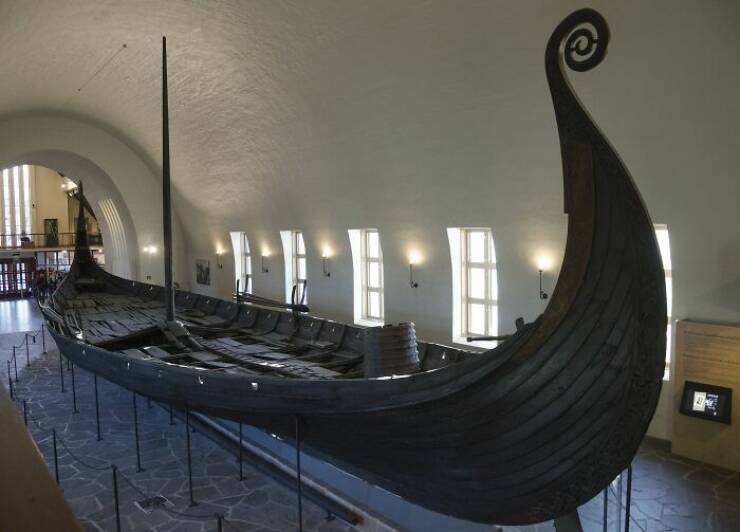
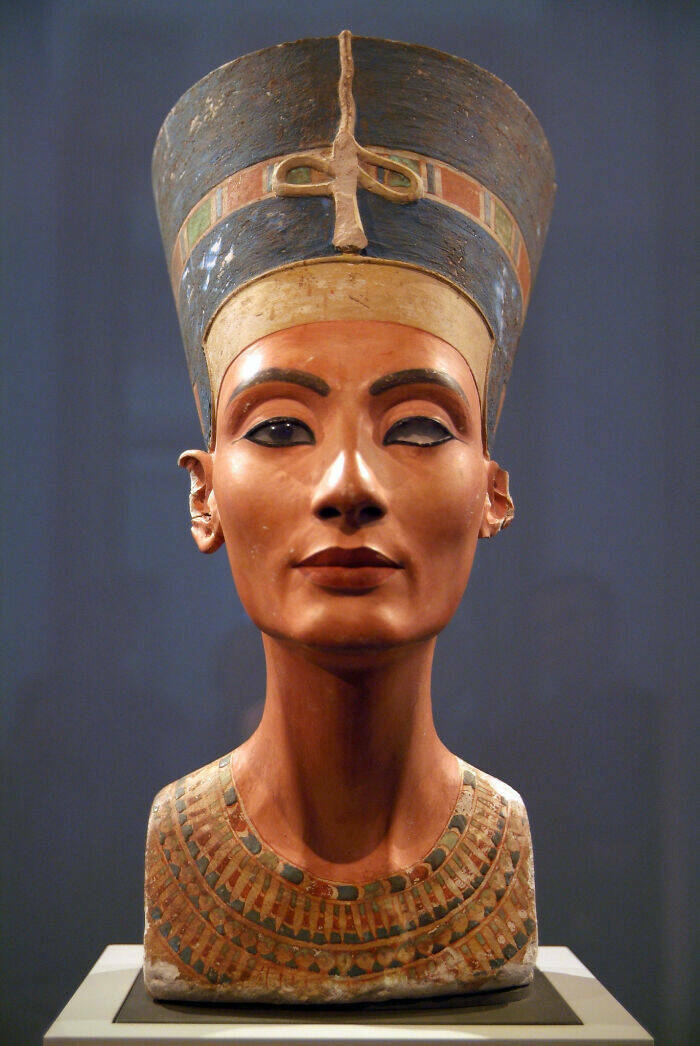
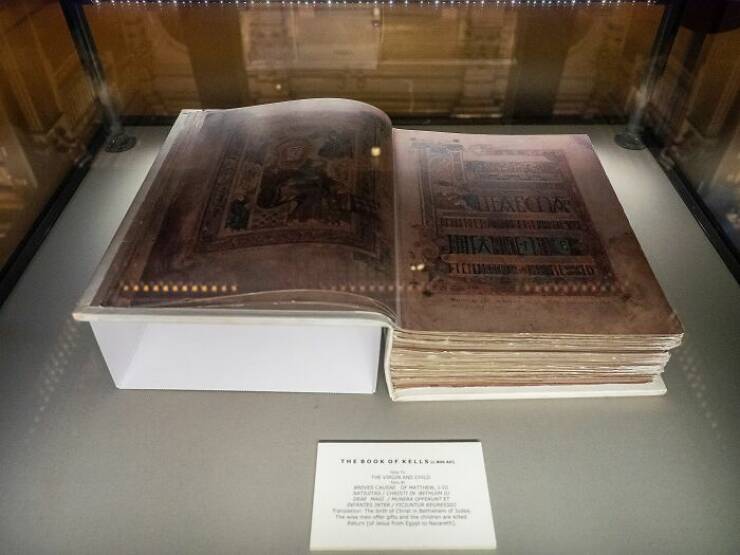


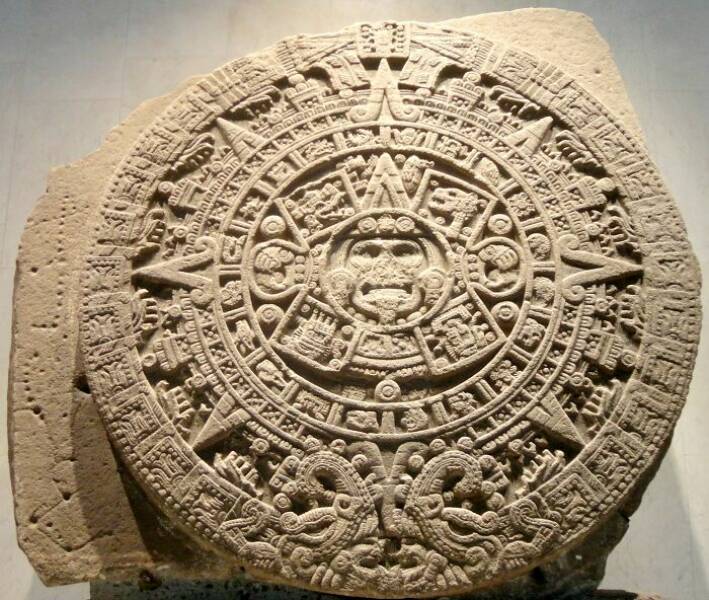
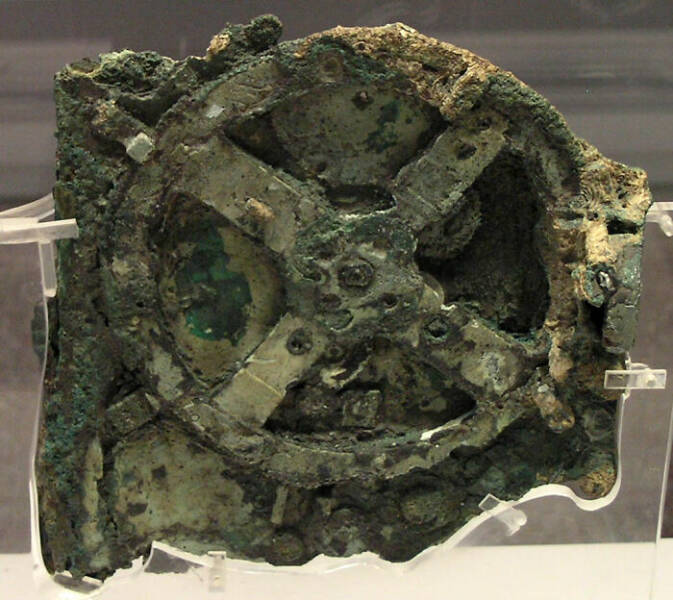
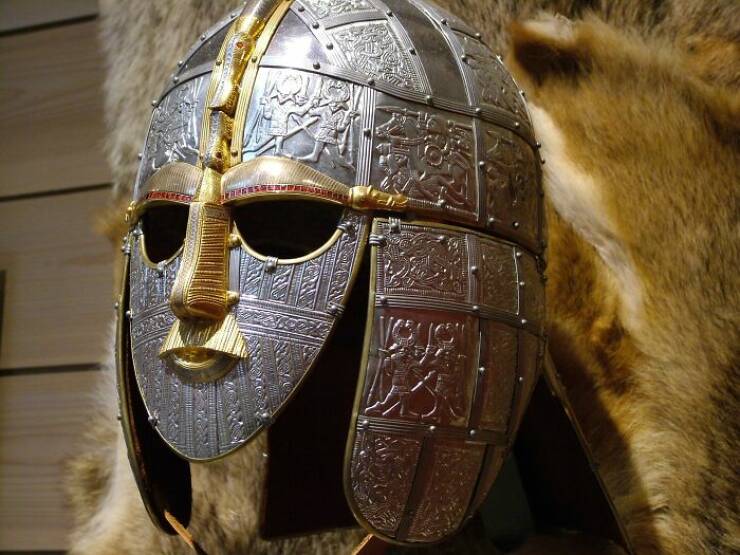

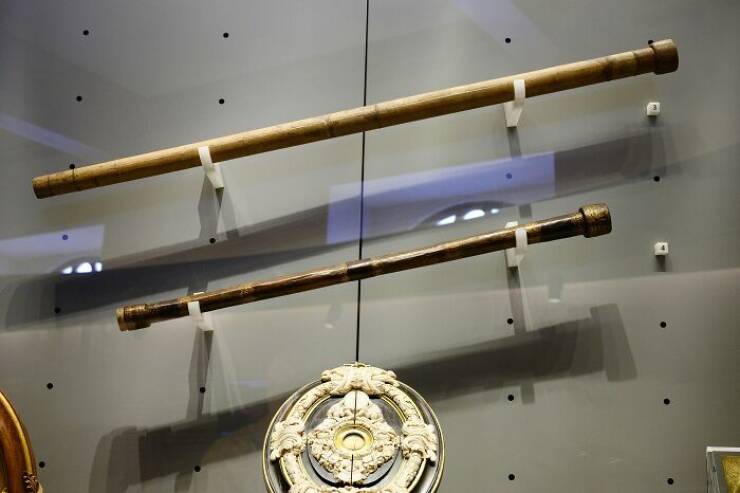
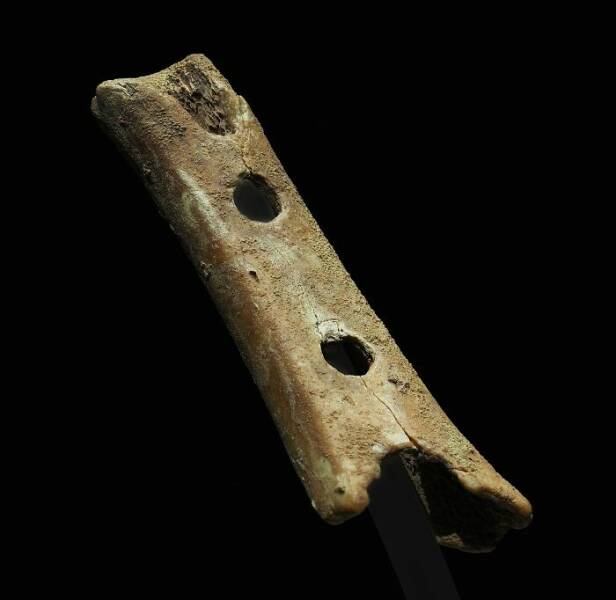

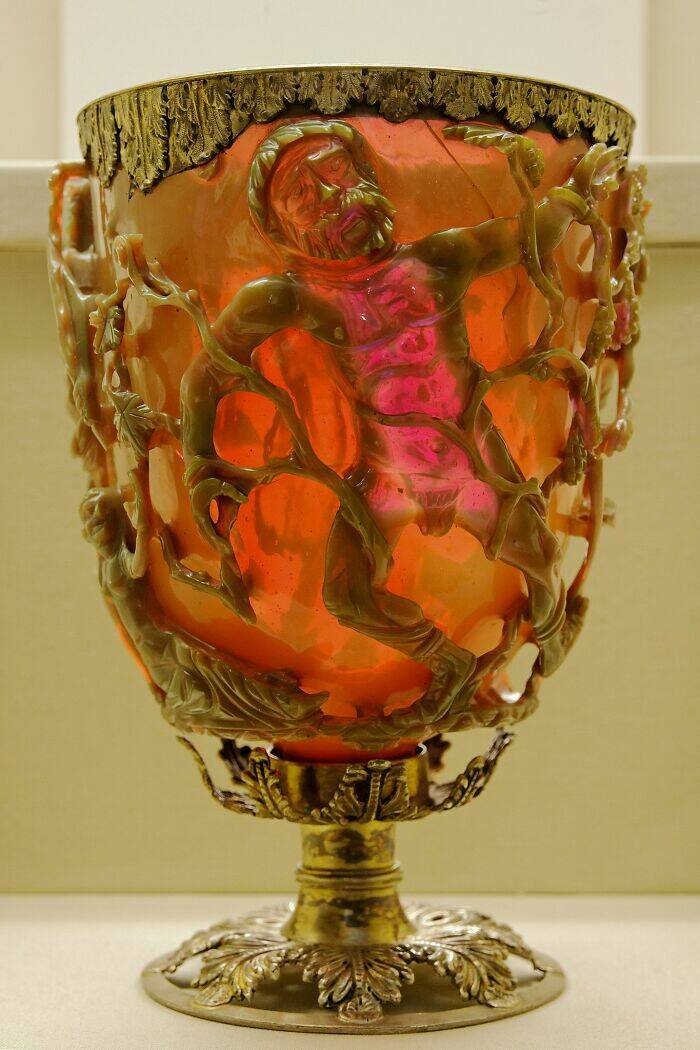
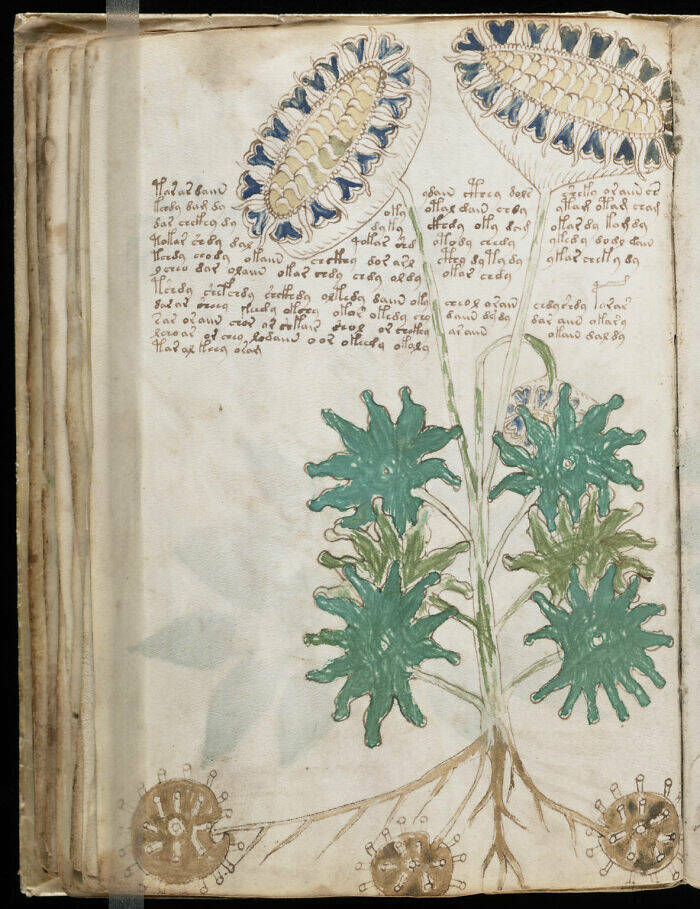
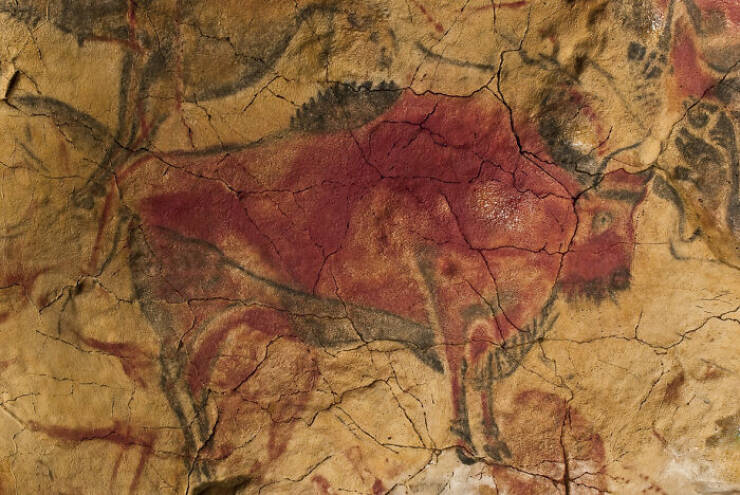
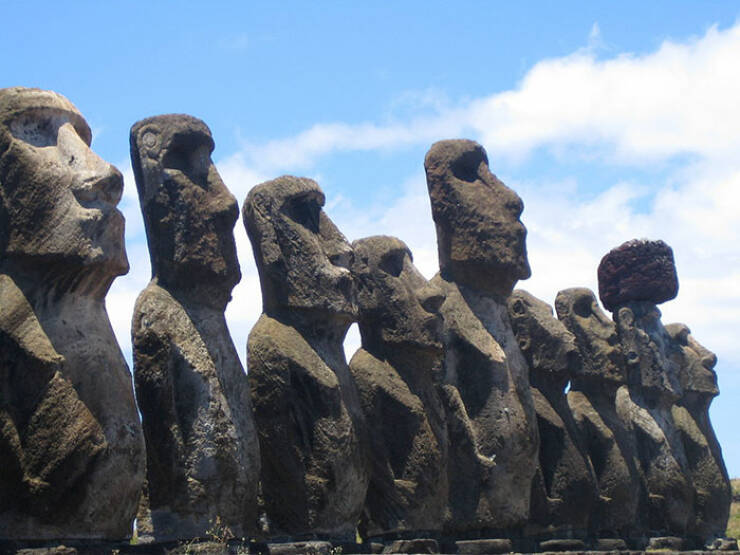
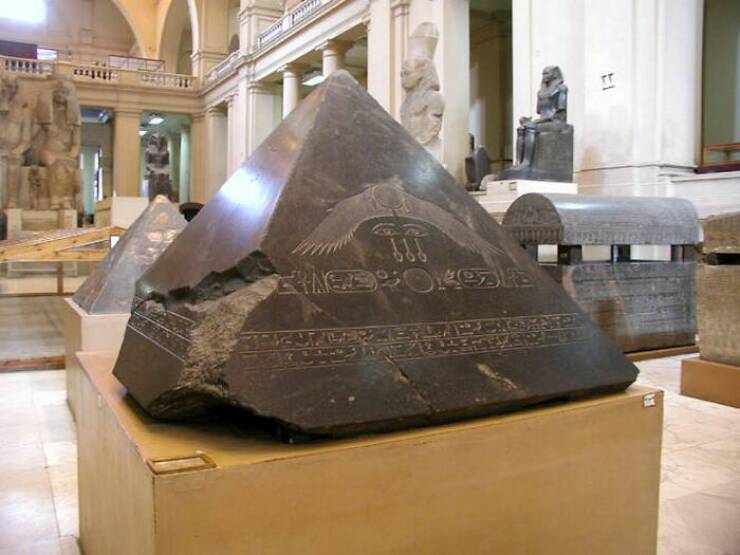
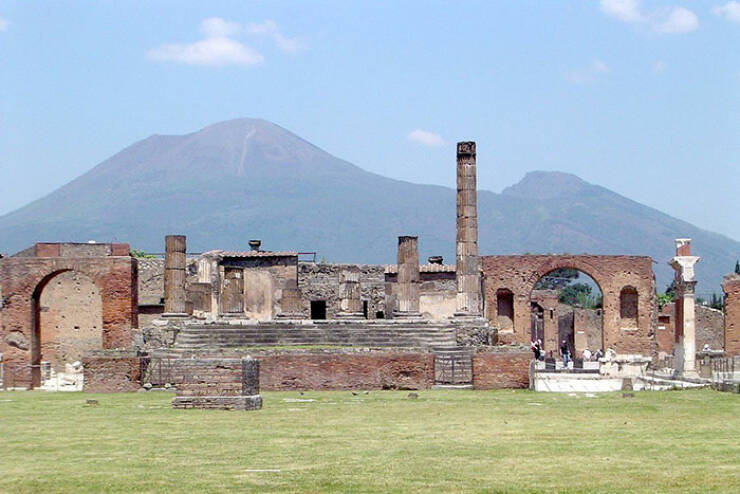




you haven't seen Galaxy Quest, have you?
it's interesting because nobody was able to decipher it. It was sold to Rudolf II at some point so chances are it was just faked to make money, however when they analyzed the texts there was no statistical evidence that it was just made up. It checked out as a language (from a statstical point of view) so it _may_ well be a code.
#24 Mm-hm. "Detailed."
#28 Is he resting his massive chin on his... ? Impressive, indeed.
#30 No forms of entertainment? There were toys for kids, there was music, dancing, many forms of art, plays, drinking, orgies... more drinking and more orgies... that's... well, that's about it, I guess.
#33 They seem unsure. The sign reads: "Burial site of Richard III?"
So how old was Napoleon in the early 1700s?
#10 Galileo was wrong. The 97% scientific consensus was...